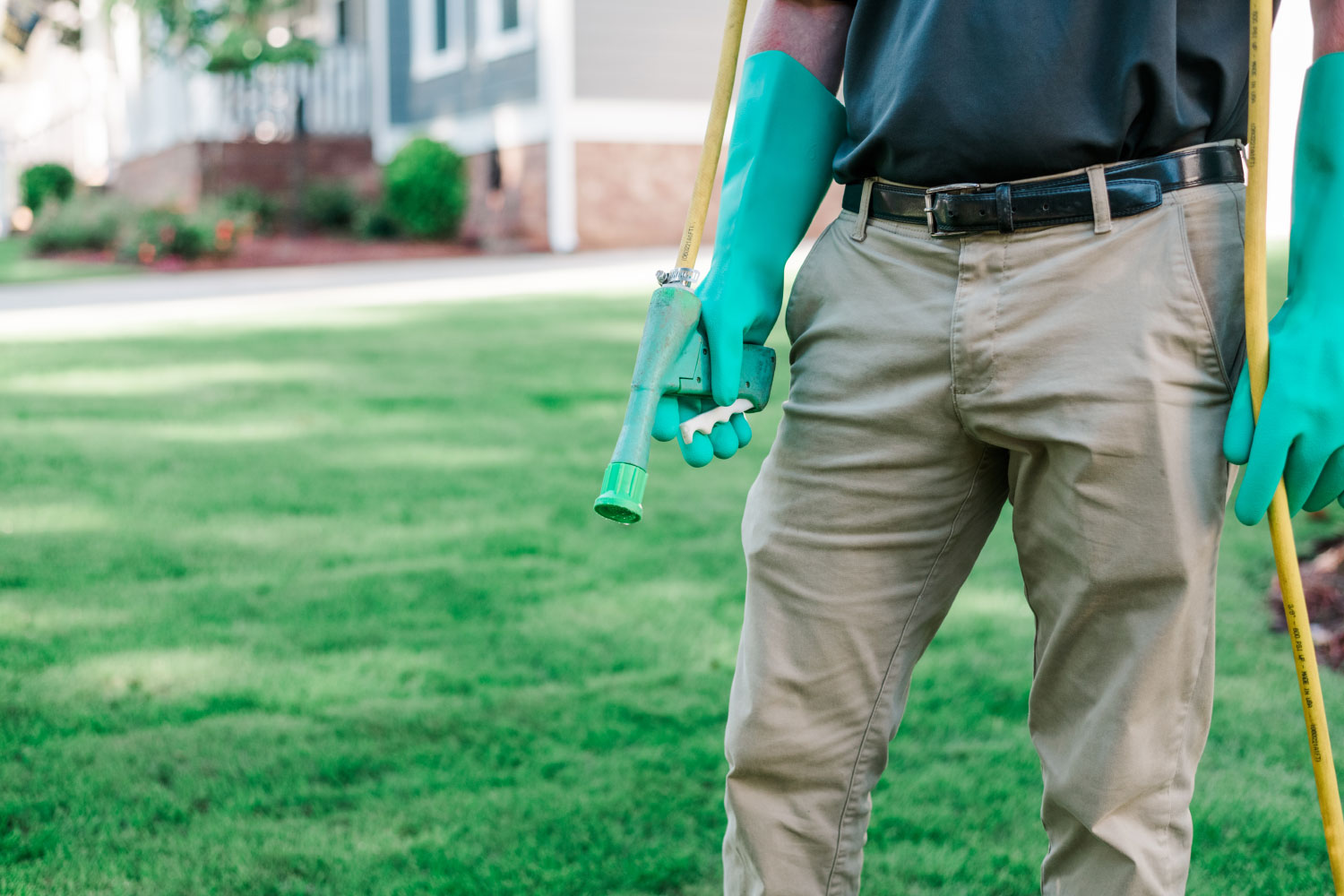Fall is a wonderful time of year. Days are shorter, temperatures are lower, football is on TV, and the holiday season is approaching. In areas where we grow warm-season grasses, lawn growth will slow, and dormancy is on the horizon. But that doesn’t mean fall lawn care should be overlooked.
Think of lawn care as a lego set. Each round is a step with building blocks contributing to a healthy, clean lawn. Some of these blocks, especially in active growth, are readily observed. For example, fertilizing mid-season can quickly change the color of your turf. Applying weed control products will result in discoloration of your weeds in a matter of days. Other, equally important, blocks are structural. While we may not see their effect immediately, they are necessary for the success of a healthy lawn.
Pre-emergent Weed Control During Fall
Pre-emergent weed control is as important in fall as it is in spring. Generally, there are two groups of weeds we aim to control: winter and summer. These groups are comprised of different species that prefer different weather conditions. Spring pre-emergents suppress summer weeds, and fall pre-emergents suppress winter weeds.
Pre-emergents are strategically timed to stifle development from seeds. Winter weeds like Poa annua, henbit, chickweed, or speedwell will grow unregulated without fall pre-emergents. The effects of this building block aren’t immediately apparent, but it is one of the essential structural blocks in any lawn care program.
Fertilize Your Lawn During the Fall
Fertilizing a lawn this time of year may seem counterintuitive. It’s slowing down and going dormant soon, right? However, applying certain nutrients in the fall will help prepare your lawn for the stresses it will soon face.
As days shorten, our warm-season grasses begin focussing on energy storage in their root systems. It’s these energy stores that will sustain them through the cold winter months. Once freezing temperatures arrive, the leaves will be frozen, rupturing cell walls and sending them to full dormancy.
Applying potassium in the fall encourages root health, stress tolerance, and disease resistance in fall transition and dormancy. This also results in healthier spring green-up. Unlike nitrogen or other nutrients that make an immediate visual impact, potassium is fundamental for turf health.
Summary: Fall Lawn Care Should Not Be Overlooked
Like our lego analogy, following the steps is important for your turf to thrive in all seasons. If a step is missed and certain blocks are left out, it’s impossible to reach the desired outcome. While it may be hard to see the immediate effects during the fall months, the steps and blocks required are necessary to make other, more exciting blocks functional.
At Nature’s Turf, we actively work on these steps and blocks to make sure we use the best components to their fullest potential. When combined with proper maintenance and watering practices, we are confident that the picture on the box is attainable for your lawn. For more information, give us a call today.








